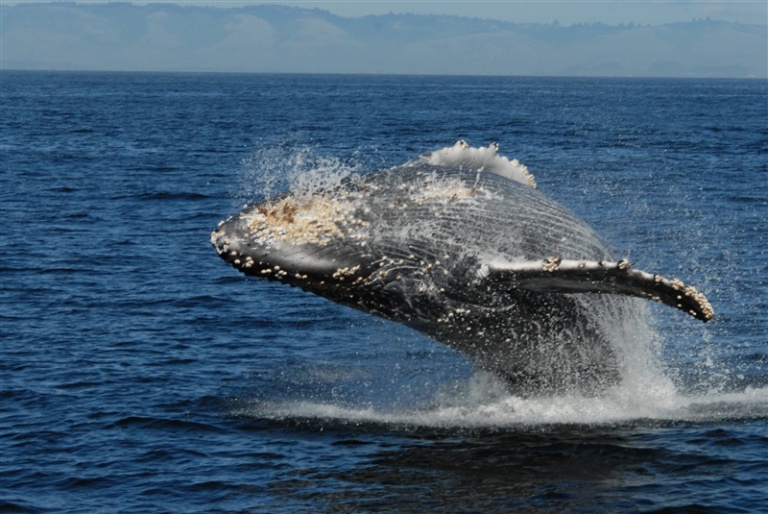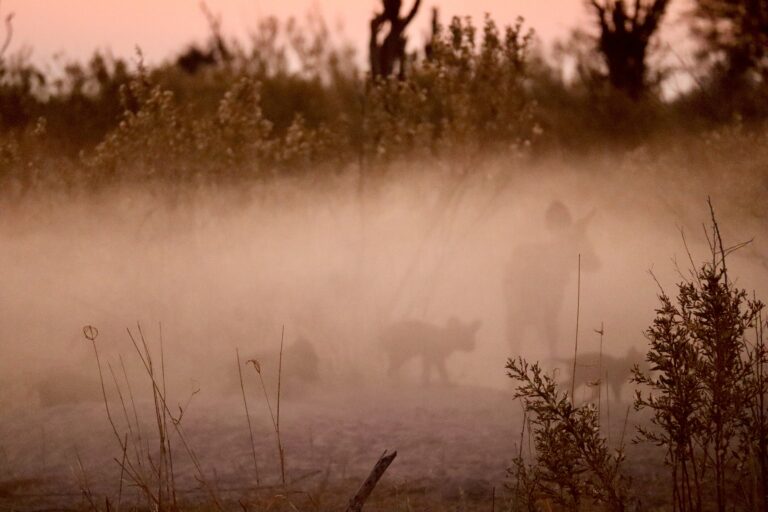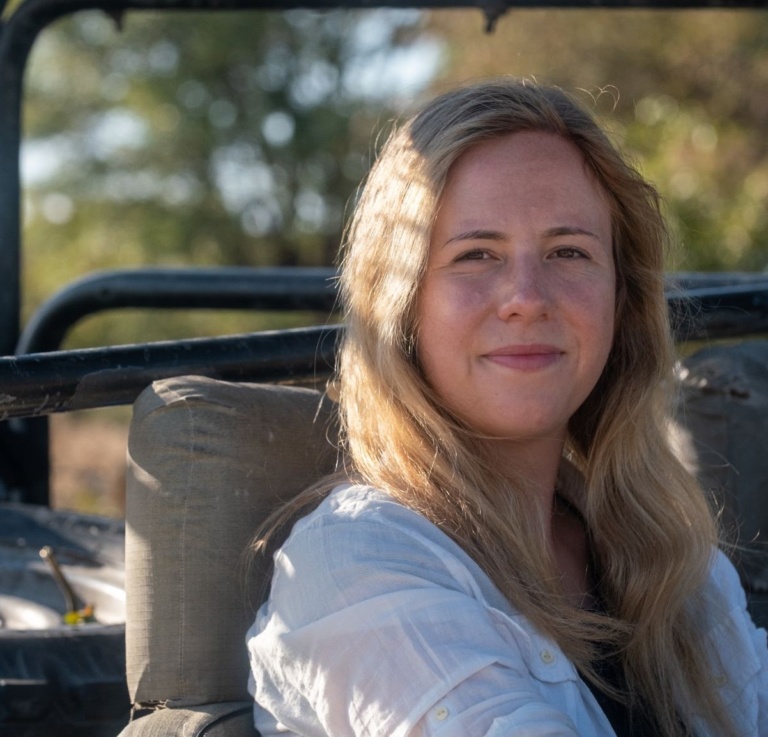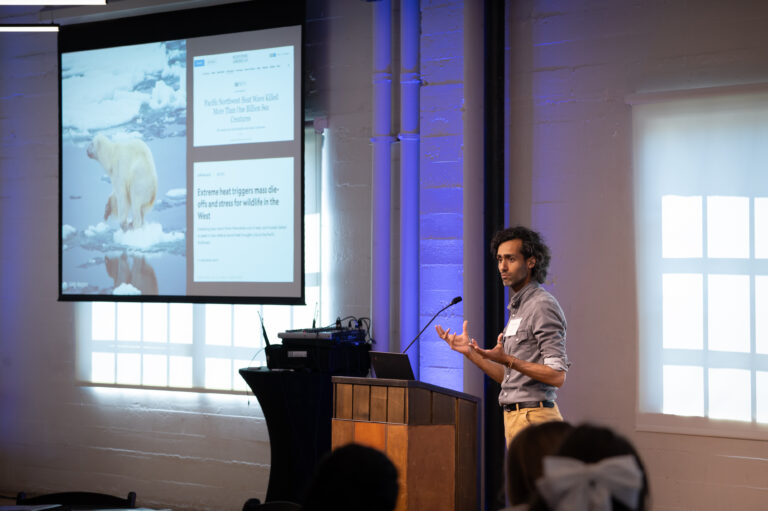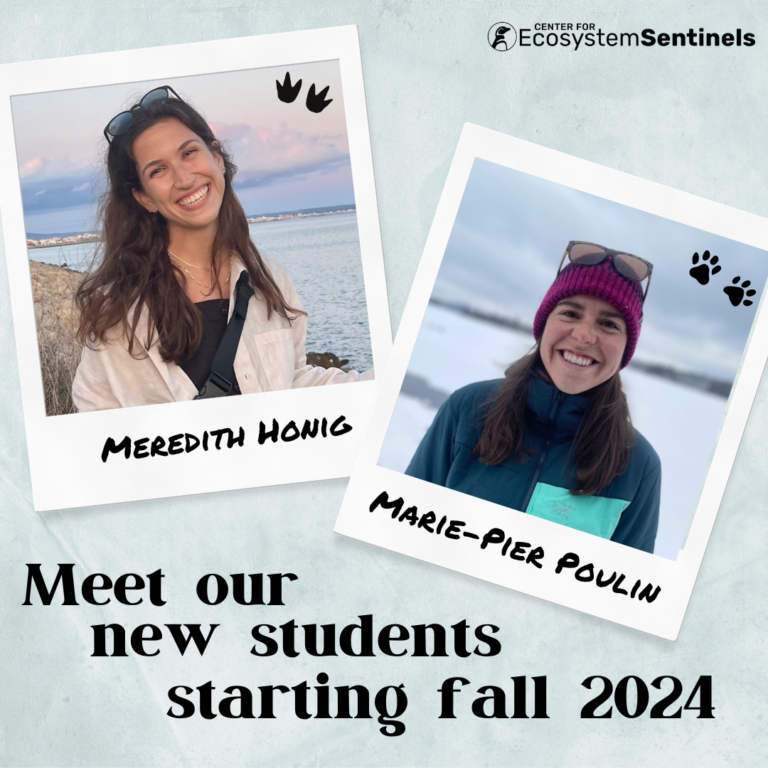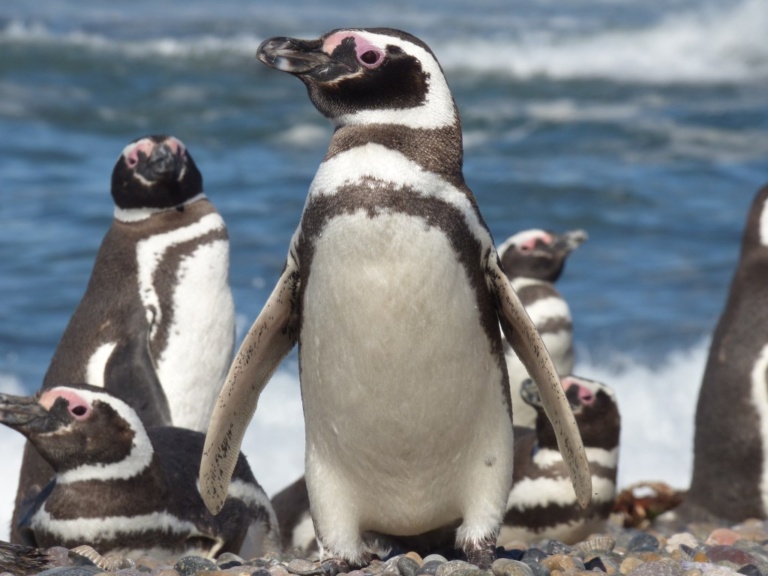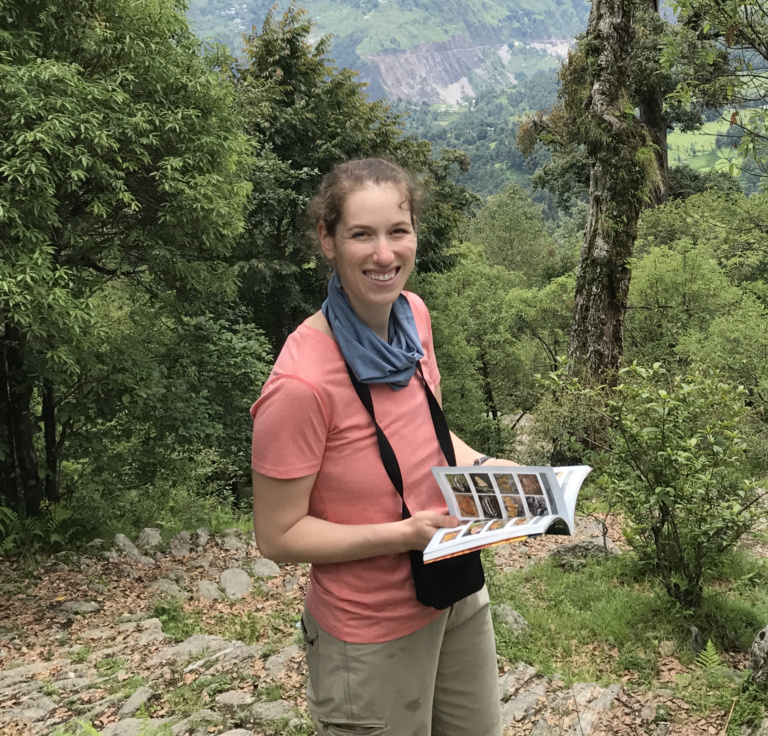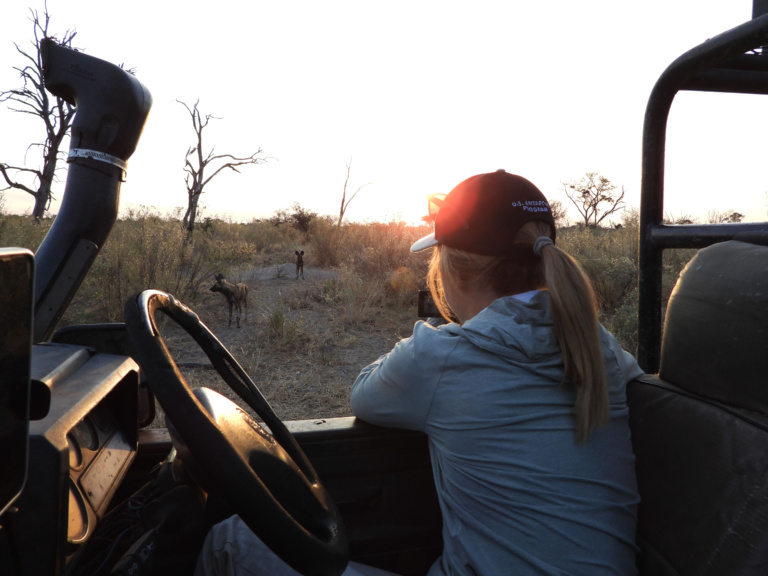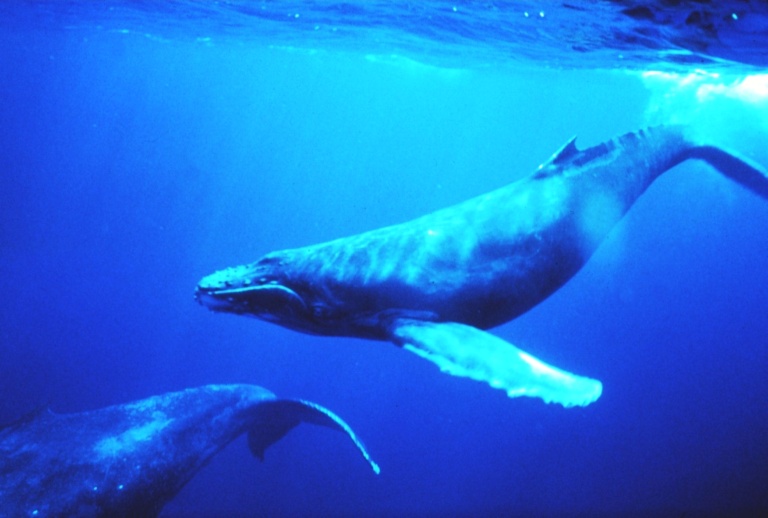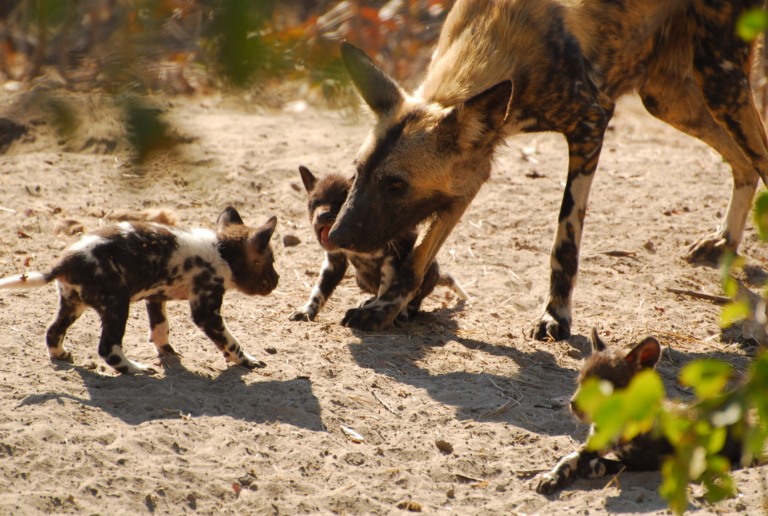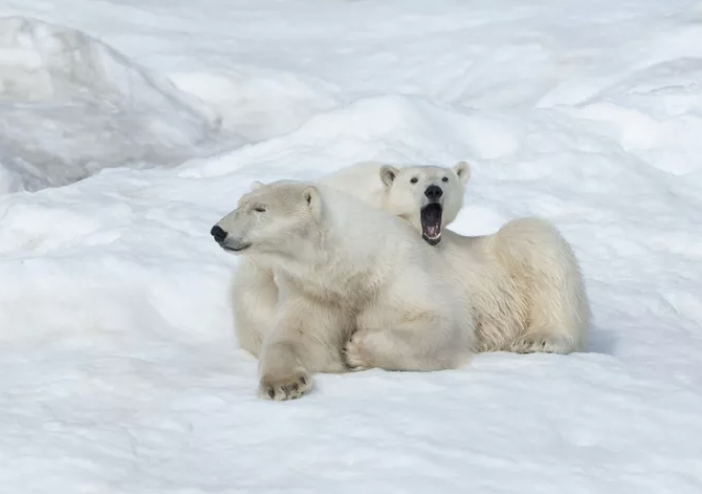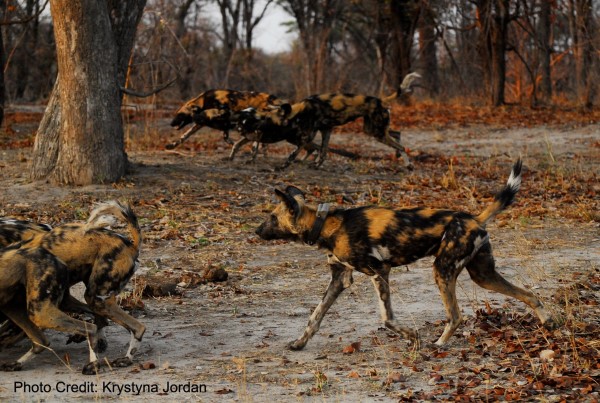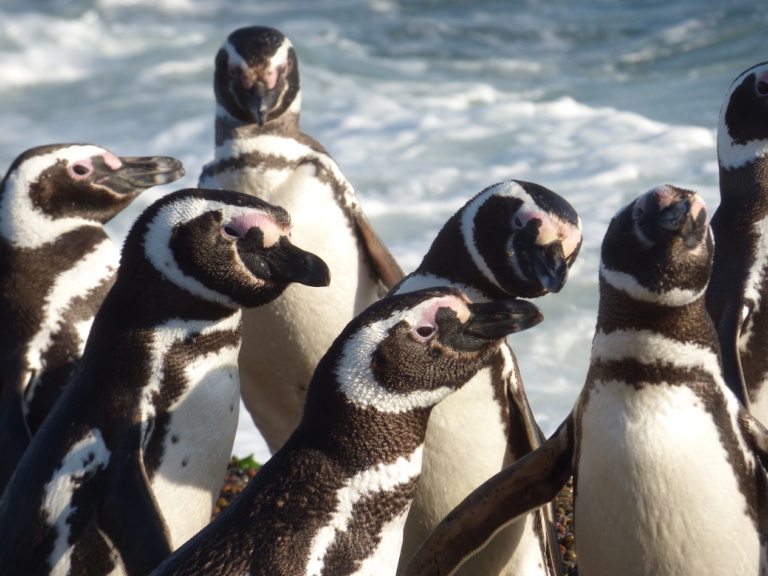New maps show high-risk zones for whale-ship collisions − vessel speed limits and rerouting can reduce the toll
Article originally published by The Conversation and republished through the Creative Commons — Attribution/No Derivatives license. Written by Dr. Anna Nisi. Imagine you are a blue whale swimming up the California coast, as you do every spring. You are searching for krill in the Santa Barbara Channel, a zone that teems with fish, kelp forests, seagrass beds and other undersea […]
